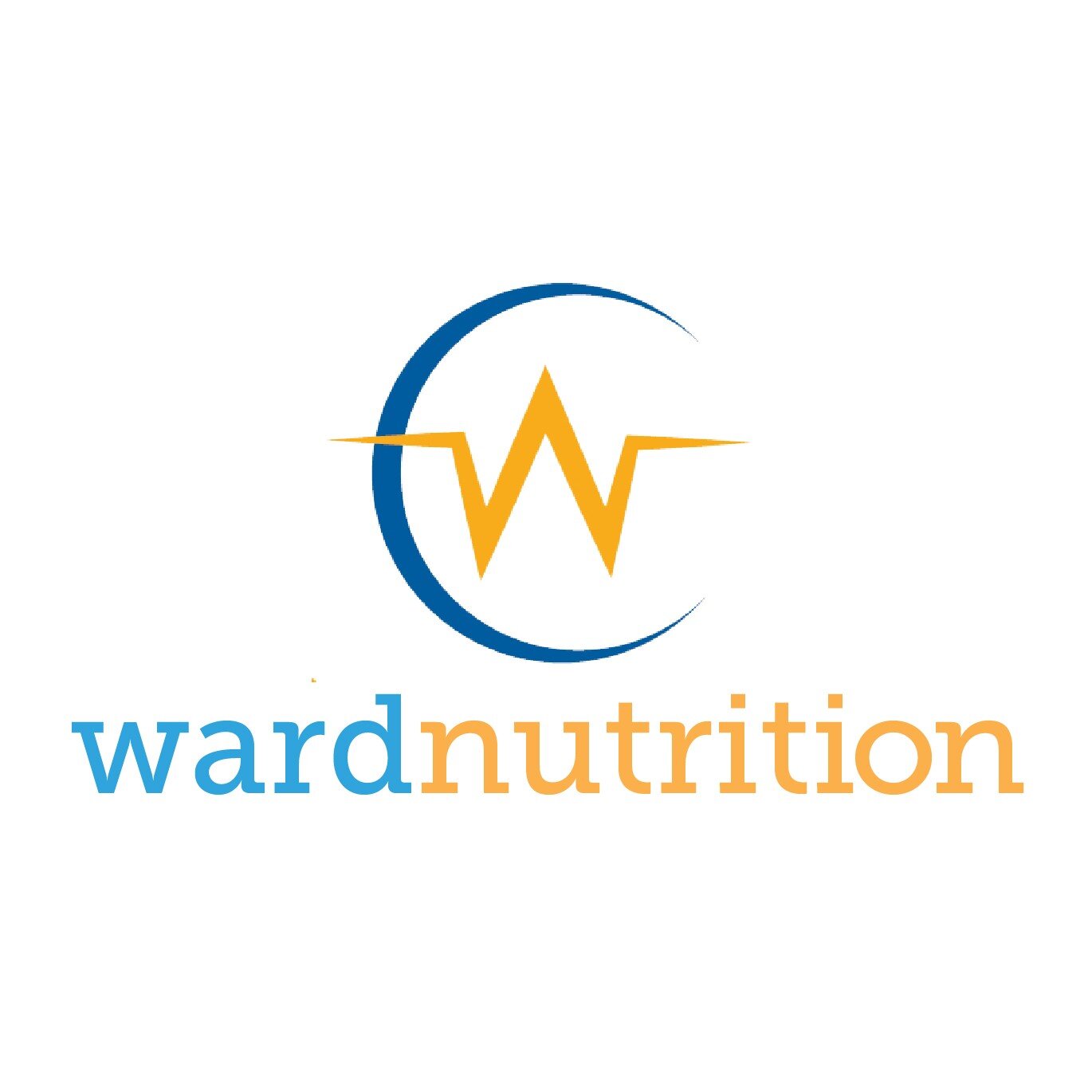What’s The Fuss About Fibre?
Did you know that 7 out of every 10 adults in Australia aren’t meeting their daily fibre needs?. The benefits of fibre in our diet are overwhelming. With only so few of us meeting our fibre requirements for the day, it is important we understand why we need and how to add more to our diet?
What is fibre and why is it good for us?
Fibre is the indigestible part of plant foods. We get fibre mainly from grains and cereals, fruits, vegetables, legumes, nuts and seeds. Unlike a lot of foods, which get mostly absorbed in the stomach, fibre tends to pass through our digestive system, feeding our good gut bacteria and keeping our bowels regular.
There are 3 types of fibre:
1. Soluble Fibre: This dissolves in the stomach creating a gel that helps keep us full for a long time. This can help with weight loss, lowering cholesterol and controlling our blood sugar levels. Including soluble fibre in our diet daily can help reduce our risk of cardiovascular disease and type 2 diabetes along with helping prevent constipation.
2. Insoluble Fibre: This type of fibre absorbs water and keeps our bowels regular. A diet rich in insoluble fibre may help prevent diarrhoea.
3. Resistant Starch: We need resistant starch in our diet to help feed our good gut bacteria in our large intestine. Resistant starch helps keep the lining of our bowels healthy and can lower our risk of bowel cancer.
How much fibre should I be eating?
Adult females should aim for 25 grams of fibre each day, and males should aim for 30grams per day. Pending the age of a child it could range from 10-25g per day.
Tips for improving fibre intake
· Choose ‘wholegrain’ or ‘wholemeal’ bread, pastas or wraps or breakfast cereals.
· Eat a wide variety of vegetables throughout the day. Remember to aim for 5 serves every day. A rainbow of veges is recommended!
· Snack on a wide variety of fruits. Remember to aim for 2 serves of fruit per day, skin on is best!
· Enjoy all types of nuts. Variety is the key!
· Stay hydrated throughout the day. It is important to increase fluid intake, when increasing fibre to prevent constipation.
· Limit processed food intake.
· Add some legumes /beans to your diet, as these are very high in fibre
· Fibre supplements can be used if you are struggling. But speak with your dietitian first prior to commencing any supplements.
What a 25-30g of fibre looks like ?
Breakfast: Porridge made with half a cup of traditional oats topped with a medium piece of fruit or half punnet of berries (frozen is fine too!)
Morning Tea: A handful of nuts or 100g carrot/celery sticks dipped in hummus.
Lunch: Wholegrain sandwich or wrap made and 1 cups of raw salad vegetables with a lean protein source e.g chicken or salmon.
Afternoon Tea: A medium piece of fruit (with skin on to get the soluble fibre)
Dinner: Stir-fry made with 1-2 cups of mixed colourful veges and ½ cup noodles/rice/quinoa/pasta and a lean protein source or Mexican mince with kidney beans, served in a wholegrain flat bread with Lettuce, tomato and salad of your choice.
What are some Exceptions?
Some bowel conditions such as irritable bowel syndrome (IBS), inflammatory bowel diseases (IBD) or diverticulitis may impact on the types of fibre rich foods you can safely consume at any given time. Some of these fibres your health professional may recommend you to reduce or substitute to help with your medical issues. Therefore, it is extremely important if you have any type of bowel condition that you seek medical advice prior to increasing or changing the types of fibres in your diet.
Need more information? Speak to one of our Accredited Practicing Dietitians, contact at Ward Nutrition. We would be happy to help you with a dietary plan, that is tailored to suit your individual needs and preferences!
Co wrtten by Dylan Gunn & Claire Ward. Accredited Pracitsing Dietitians at Ward Nutrition

